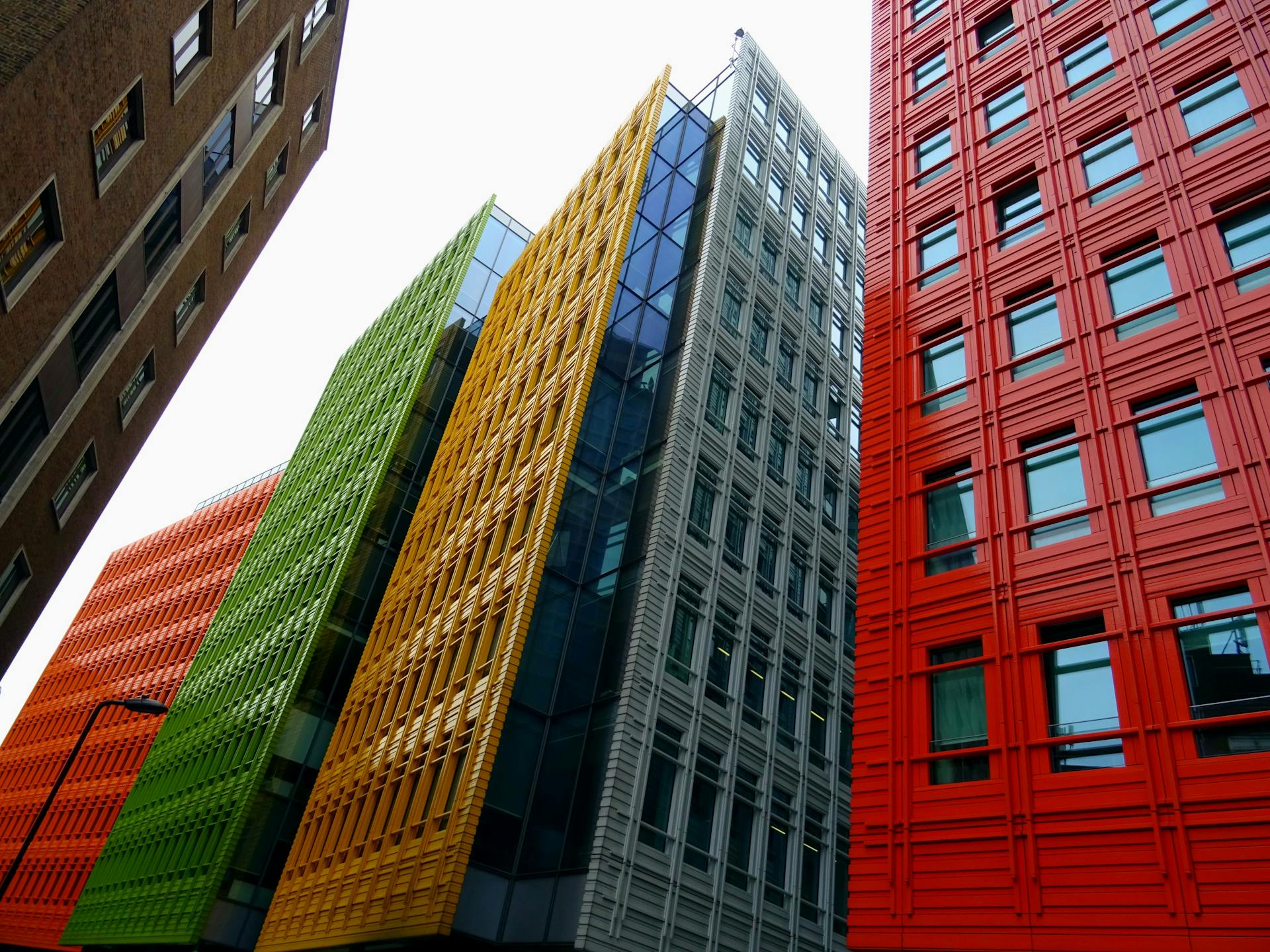

Question: Can Gentrification Be a Good Thing?
Answer: Gentrification can be a good thing by bringing economic investment, improved infrastructure, and reduced crime, but it must be managed to prevent displacement and ensure benefits for all residents.
Exploring the Potential Benefits of Gentrification
Gentrification, the process of wealthier residents moving into lower-income neighbourhoods, is a complex phenomenon with both positive and negative consequences. While it can displace long-term residents and disrupt communities, it can also revitalize neglected areas and boost the local economy. This article explores the potential benefits of gentrification, examining how it can improve a neighbourhood’s overall well-being. [ 1 ]
Economic Renewal: A Boost for Local Businesses
One of the most frequently cited advantages of gentrification is the economic renewal it brings to neighbourhoods. The arrival of wealthier residents with higher disposable incomes can lead to an increase in demand for local businesses. This can revitalize struggling shops and restaurants and encourage the opening of new businesses that cater to a different clientele.
The influx of new businesses can create jobs in the neighbourhood, offering employment opportunities for residents. Increased economic activity can lead to higher property values and tax revenue, which can be used to fund improvements in infrastructure and public services. It’s important to ensure that these economic benefits are shared by all residents and that existing businesses are not squeezed out by rising rents or changing consumer preferences.
Click this link to find out more about the value of your home
Please visit this page to learn more about understanding gentrification
Related Article: Who is Most Affected By Gentrification?
Related Article: What is the Threat of Gentrification?
Improved Amenities: Investing in Public Spaces and Safety
Gentrification can also lead to improvements in the overall quality of life in a neighbourhood. New residents might advocate for investment in public spaces like parks, playgrounds, and community centres. This can create more attractive and welcoming spaces for residents of all ages.
Gentrification can sometimes be associated with a decrease in crime rates. Increased investment in public safety measures and a greater sense of community vigilance can contribute to a safer environment for residents. It’s crucial to consider whether these improvements displace existing residents or community organizations that previously served these needs.
Community Uplift: Preservation and Revitalization
While gentrification can sometimes lead to the loss of a neighbourhood’s historical character, it can also be an opportunity for preservation and revitalization. The influx of resources and investment can lead to the restoration of historic buildings and landmarks, preserving the neighbourhood’s unique heritage.
Gentrification can spark renewed interest in a neighbourhood’s cultural traditions and customs. New residents might be drawn to the neighbourhood’s unique character and actively seek out ways to celebrate and support its existing cultural identity. This can lead to a more vibrant and inclusive cultural scene for all residents.
Housing Opportunities: Upgrading the Housing Stock
Gentrification can also lead to improvements in the overall quality of the housing stock in a neighbourhood. Investment in renovations and upgrades to existing buildings can create safer and more comfortable living spaces for residents.
In some cases, gentrification might also lead to the development of new housing options, potentially increasing the availability of higher-quality housing within the neighbourhood. However, it’s important to ensure that new developments are compatible with the existing character of the neighbourhood and that they don’t displace existing residents through demolition or exorbitant rents.
A Catalyst for Change: Attracting New Investment
Gentrification can act as a catalyst for further investment in a neighbourhood. The revitalization of a previously neglected area can attract the attention of businesses, developers, and public institutions. This can lead to investments in infrastructure, transportation options, and educational facilities, ultimately benefiting all residents.
A revitalized neighbourhood can become a more attractive place to live and work, potentially attracting a wider range of residents and businesses. This diversity can further enrich the neighbourhood’s character and contribute to its overall well-being.
Navigating the Challenges: Ensuring Equitable Benefits
While gentrification can offer potential benefits, it’s crucial to acknowledge the challenges it presents and implement measures to ensure equitable outcomes. Strong rent control measures and robust affordable housing programs are essential to prevent displacement caused by rising housing costs.
Click for more information about Jen Jewell
Fostering a sense of inclusion and belonging for all residents through community events and initiatives can help mitigate the social disruptions associated with gentrification. Resident engagement throughout the revitalization process is crucial to ensure that the neighbourhood’s future reflects the needs and aspirations of its existing residents.
By carefully managing the process and prioritizing the needs of existing residents, gentrification can be a catalyst for positive change, creating a more vibrant, economically prosperous, and attractive neighbourhood for all.
References
1. https://www.housebeautiful.com/lifestyle/a34137604/what-is-gentrification/


